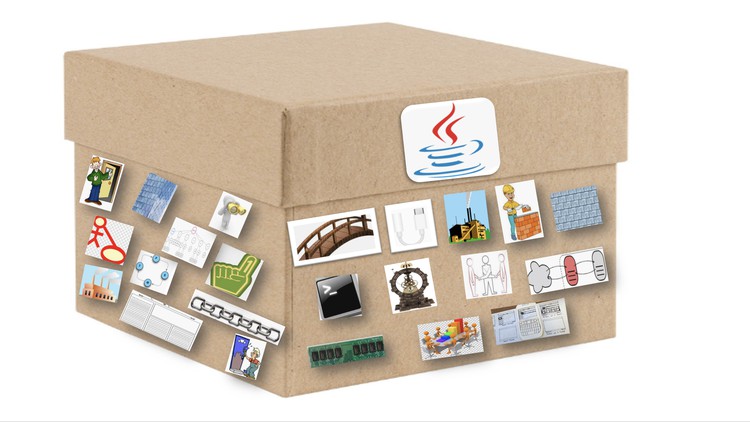
Learn to design reusable and flexible Object-Oriented Software
What you will learn
Design Patterns
Description
Welcome!
My name is Harshith Gandham, and I am going to be the Instructor to this Course.
The intent of this course is to convert you into an “Experienced Object-Oriented Designer”.
Hence, By the end of this course,
You will be able to design reusable and flexible object-oriented software, with ease.
Your design, apart from being specific to the problem at hand, will also be general enough to address future problems and requirements.
You will be able to pinpoint maintainability and extensibility problems in existing designs.
You will be able to design “right” faster.
Finally, You will be a better developer than now.
Inorder to take this course, it is mandatory to have atleast 3 months of programming experience in java.
This course comes with a 30-days money back guarantee.
So, there is really nothing you loose.
By the end of this course,
You will be able to design reusable and flexible object-oriented software, with ease.
Your design, apart from being specific to the problem at hand, will also be general enough to address future problems and requirements.
You will be able to pinpoint maintainability and extensibility problems in existing designs.
You will be able to design “right” faster.
Finally, You will be a better developer than now.
Content